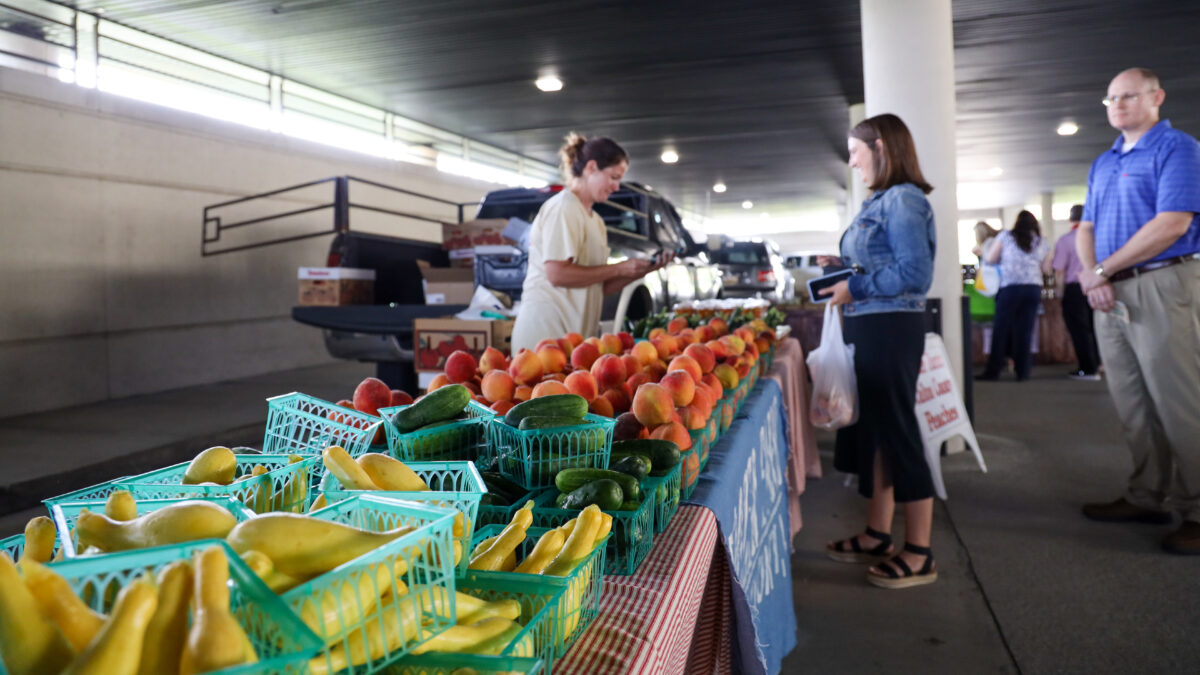Glimmers of Retail Recovery
TOPICS
RetailBob Young
President

photo credit: Alabama Farmers Federation, Used with Permission
Bob Young
President
While the economy has a long, long way to go to return to where we were, there are a few hints certain sectors of the economy are clawing their way back.
The jobs report published a few weeks ago took many by surprise. For years payroll service company ADP has been issuing estimates of job changes two days before the official Bureau of Labor Statistics report is released. One pretty well tracks the other. But in early June, ADP suggested job losses of 2.76 million. Just two days later, BLS reported the economy gained 2.5 million jobs. When netting out government job losses, the private sector produced 3.1 million jobs, according to BLS, making this the most substantial gap ever between ADP and BLS.
Earlier this week, the Census Department put out its Advance Monthly Retail Trade Report. At the headline level, you can look at the numbers in two ways. May sales climbed 18% over April levels, which is great news. But compared to May 2019, sales were off 6%.

While May retail sales clawed their way back to March levels, we are still a few billion short of a full load. Further, between May 2019 and January 2020, overall sales levels were up over $15 billion on a monthly basis.
For a dive below the headline to make sense, we need to split the categories into two components, those sectors with sales over $50 billion a month and those with sales under $50 billion a month. In the higher-valued group, automobile sales alone dropped almost $40 billion between February and April. The May over April figure jumped $30 billion in that one month, well within the range of values from a year ago. Food and beverage stores saw an uptick between February and March (did you get your toilet paper?) and are still running nearly $10 billion over same-time last year figures.
The “general merchandise stores” category hides things at this level. Department store sales are part of this sector, as are the Wal-Marts and Costcos. Department store sales – only $11 billion of the total in January – fell to only $6 billion in April. Warehouse clubs and other superstore centers saw their sales jump by $6 billion between February and March. It will be interesting to see how the department store category performs on the back end of this crisis.

Sales for nonstore retailers, companies that operate without a consumer-facing brick and mortar facility, like Amazon, jumped $13 billion between January and April, one of the main drivers of that slump in department store sales.
Last in this $50-billion-plus-a-month grouping are food services and drinking places. We all know the hit this sector took as take-out sales just don’t make up for the shutdown. Given that this is one of the last components of the economy to reopen, it still has a long way to go to regain previous sales levels. The low point came in April, with sales of less than $30 billion – compared to $65 billion in January. With reopenings allowed in a few states, food services and drinking establishments recovered a bit, nudging sales up to $38 billion.
Several of the sectors with less than $50 billion in sales per month were slammed in the shutdown. Starting at the bottom of the graph and working up, furniture and home furnishing sales dropped more than 50% from January levels, as did electronics and appliance sales. Furniture sales picked up in May, but both categories remain roughly 25% under January and last year’s values. Building materials, however, held in there. What else were you going to do when forced to stay at home? Sooner or later, you were going to have to take up the “honey-do” list. The health and personal care category includes pharmacies and other drug stores, which picked up in sales some during the lockdown.

Gasoline stations took a significant hit. Not only did sales volumes decline sharply, but the price they received for their product also tanked. While recovering some in May over April figures, the May values are more than 30% below last year’s levels. Probably the hardest hit sector overall was clothing stores. From strong January and February sales, over $22 billion, April sales were less than $3 billion. A jump to $11 billion in sales in May is a significant turn-around but still reflects only half of sales levels witnessed earlier this year.
As the headline says, these are glimmers of recovery. With the retail sector coming slowly out of the lockdown, sales will start to pick back up. Do not be swayed by the headlines, however. We may talk about double-digit sales growth in several categories in June as well, but the food and hospitality sector, as well as the travel sector, has a long way to go. And all this assumes we do not go back into some additional lockdowns for a second wave.
One thing is certain, we will get to the other side.